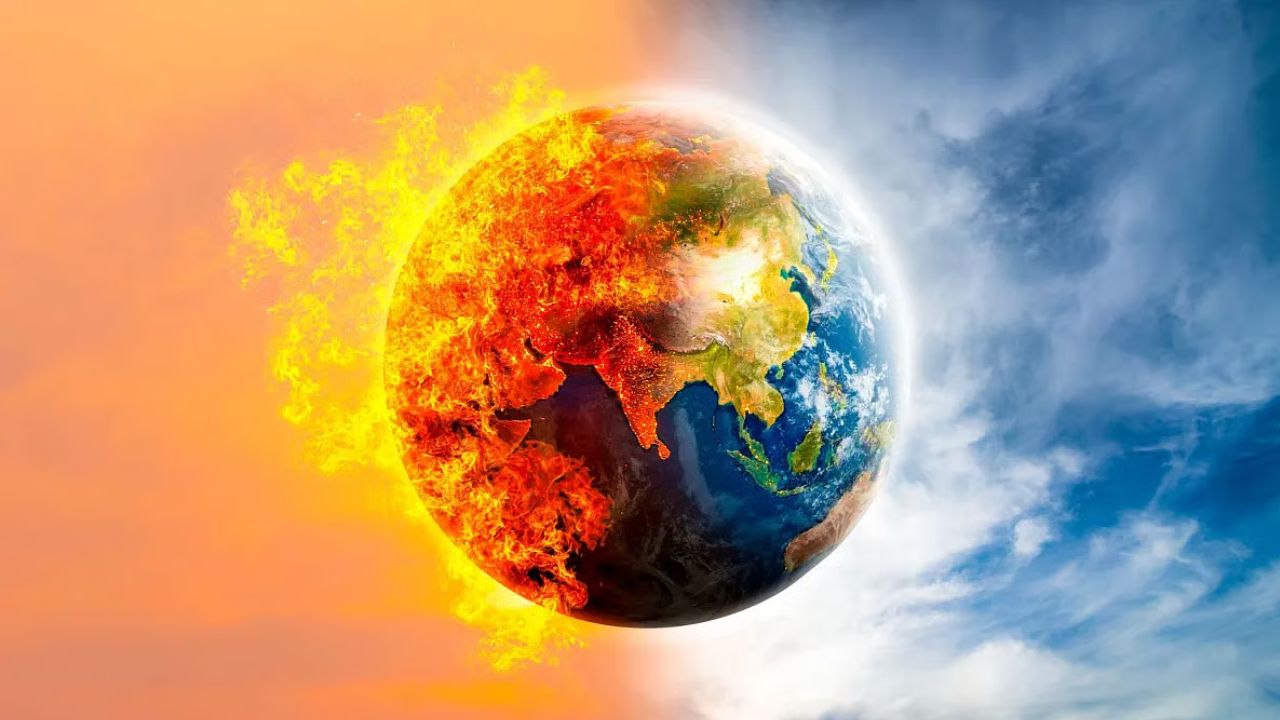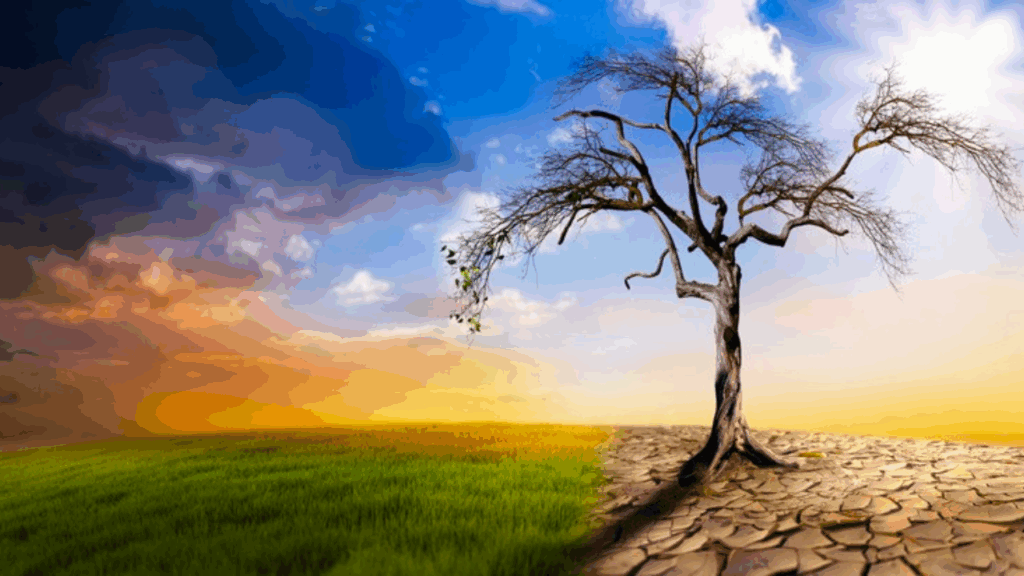 English
English

The Indian summer has become a crisis of heat. Many times we feel as if it could melt your shoes, with temperatures rising about 50°C at various places.

Global Warming: Are we ready? (Source: Internet)
New Delhi: India is currently undergoing a fundamental transformation. Earlier, we could easily count on the weather rhythms. But now it is extremely unpredictable. Now a days we in our country face extreme condition like scorching heatwaves, sudden floods and extended periods of drought, reports Dynamite News correspondent.
The Indian summer has become a crisis of heat. Many times we feel as if it could melt your shoes, with temperatures rising about 50°C at various places. Homes are heat-trapped, turning into ovens. This extreme weather isn't just uncomfortable; people are getting sick. The hardest are those who do not have any other option, like construction workers, farmers, street vendors – they're on the front lines, their bodies bearing the brunt.
The high AC demand is straining the power grid, while water supplies are rapidly going down.
The monsoon has its own problems, in cities like Mumbai and Bangaluru, face heavy rain cause flooding. This stops transportation and forces many people to leave their home. on the other hand, there areas like Maharashtra, Tamil Nadu, and Rajasthan suffer from drought and a lack of water.
The unpredictable weather put a lot of pressure on farmers, public health, and the economy. Farmers lose a lot of crops, which results in increased food expenses.

Monsoon too is unpredictable (Source: Internet)
India is surely but slowly feeling the challenges of Climate Change. That is why we are taking a number of steps to overcome it like cities are fixing their drainage system and building stronger and more green infrastructure to deal with extreme weather. In rural areas, farmers are using smarter farming methods, rainwater harvesting, and forestation of crops that can survive with less water.
Progress is slow but now we must act quickly to protect our people and secure our future.